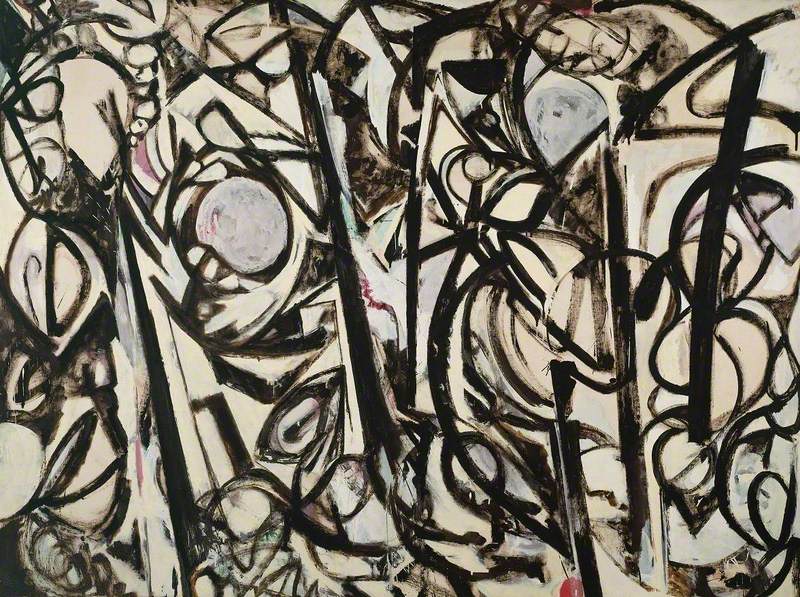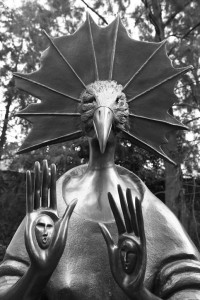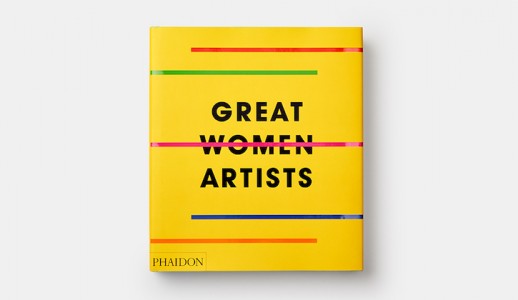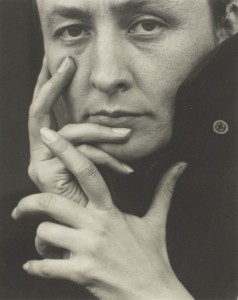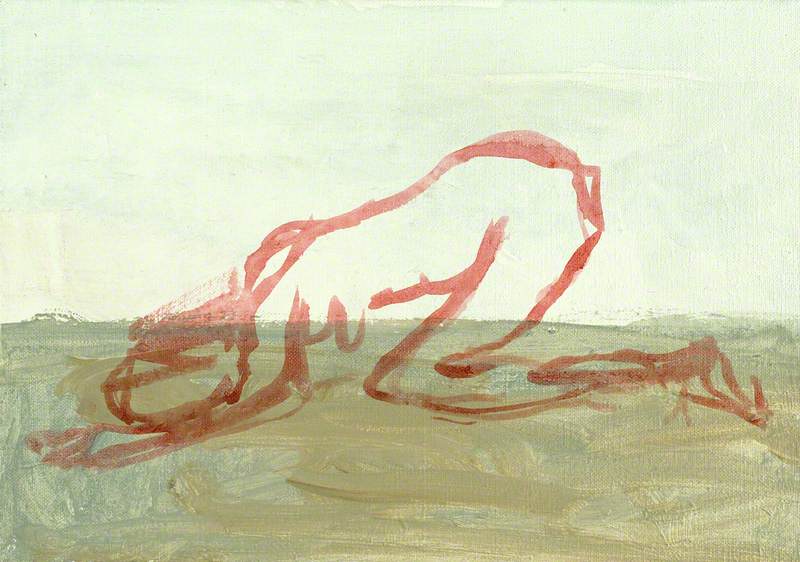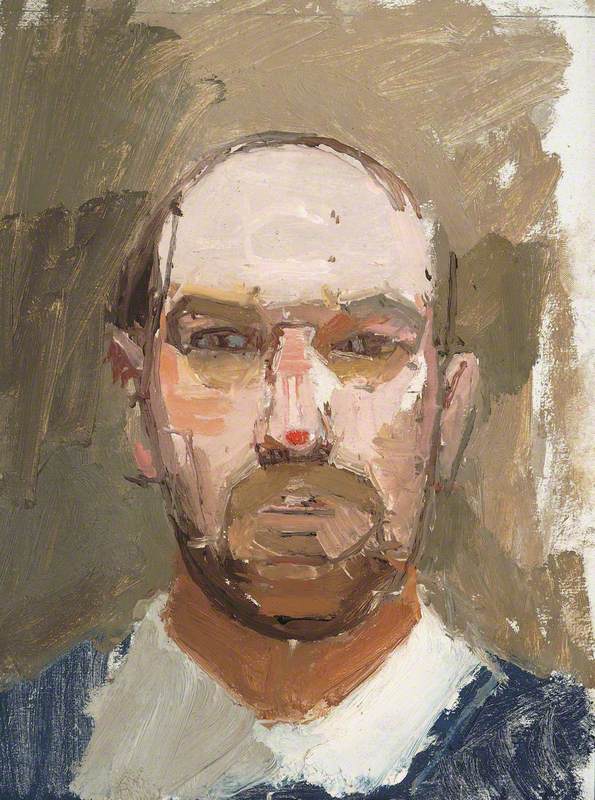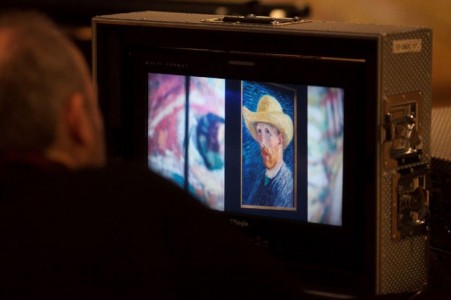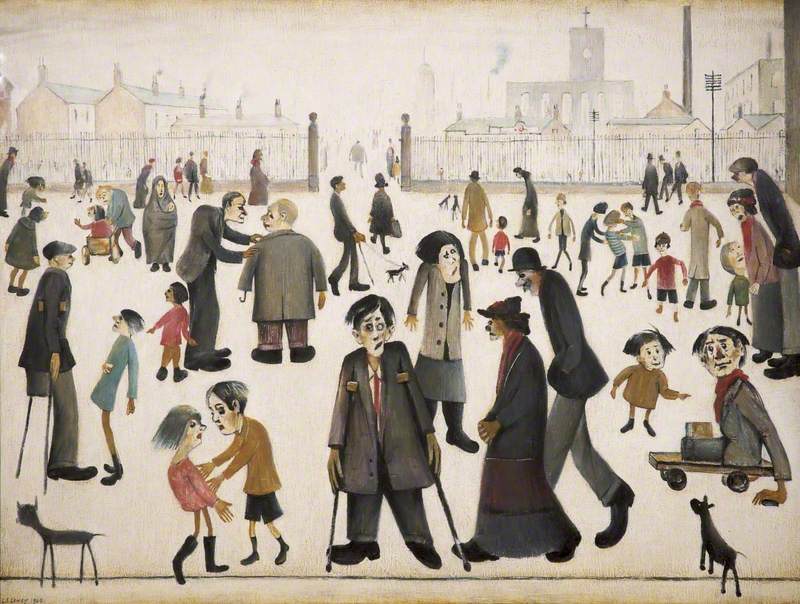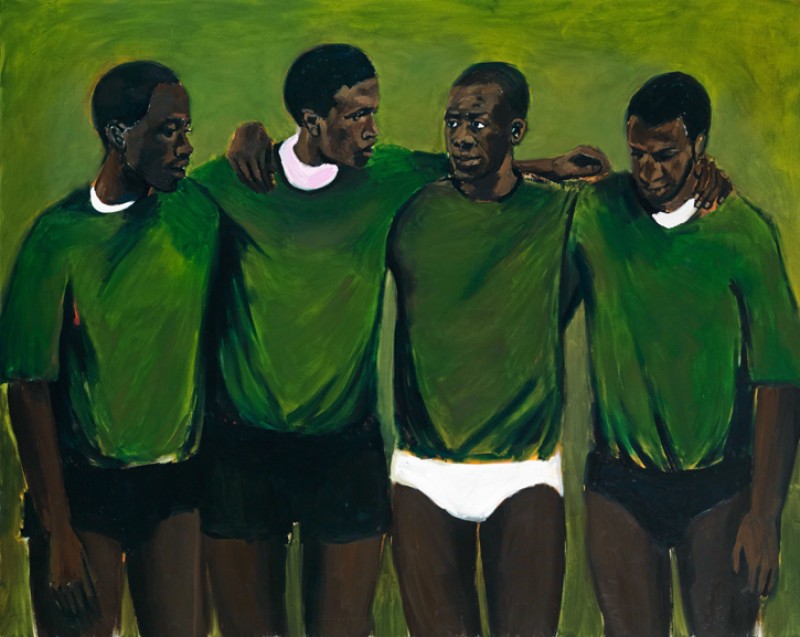Self-portrait
Frida Kahlo, 1941 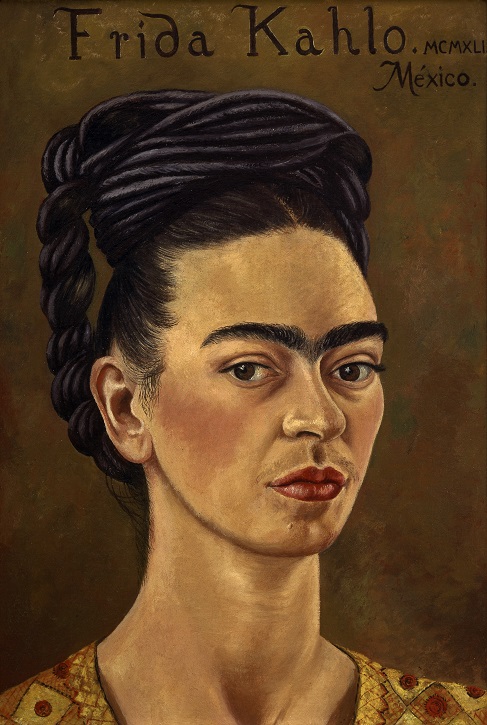
A herstory that was once forever destined to stand in the gargantuan shadow of Diego Rivera, Frida Kahlo's time to step into the sun finally arrived during the 1980s. The quiet and diligent study of feminist writers and art historians (that had been taking place since the 1970s) was bought to the forefront of the international art world when, at the height of her fame, Madonna purchased one of Kahlo's works for $1.5 million. Without a doubt, the media attention surrounding this purchase was the spark that ignited the public's fascination with not only Frida's work but her life.
Complex and layered, Frida's appeal and relatability can be attributed to the fact that she could never be defined by one thing. Simultaneously feminist, communist, queer, disabled, gender fluid, revolutionary, unapologetically herself and most importantly proudly Mexicana, it is no surprise that Frida remains a contemporary icon to so many
The intersectional lens that we use today when we
Frida Kahlo
c.1926. Museo Frida Kahlo 
As with many other countries, machismo runs through every stratosphere of Mexican society bringing with it the expectation to adhere to strict gender roles. The crux of machismo permits men to indulge in extreme and excessive
As a child, she was encouraged to take part in boxing and football to strengthen the leg weakened by polio in her childhood. In family photographs we see a teenage Frida commanding our attention whilst wearing her father's suits. The horrific bus accident after which doctors were sure that she would never walk again no doubt served to solidify her stubborn and rebellious streak as well as instigating her reliance on alcohol (she would often keep tequila in empty perfume bottles) and drugs. Her chosen method to numb both her chronic physical pain and the emotional turmoil she suffered from her abortion and miscarriages. Most telling is Frida's healthy sexuality which she explored with female and male lovers, her enjoyment of premarital and extramarital sex in direct opposition to the Virgen de Guadalupe ideal of Mexican femininity.
References to machismo culture and
Self-portrait on the Border between Mexico and the United States of America
Frida Kahlo, 1932 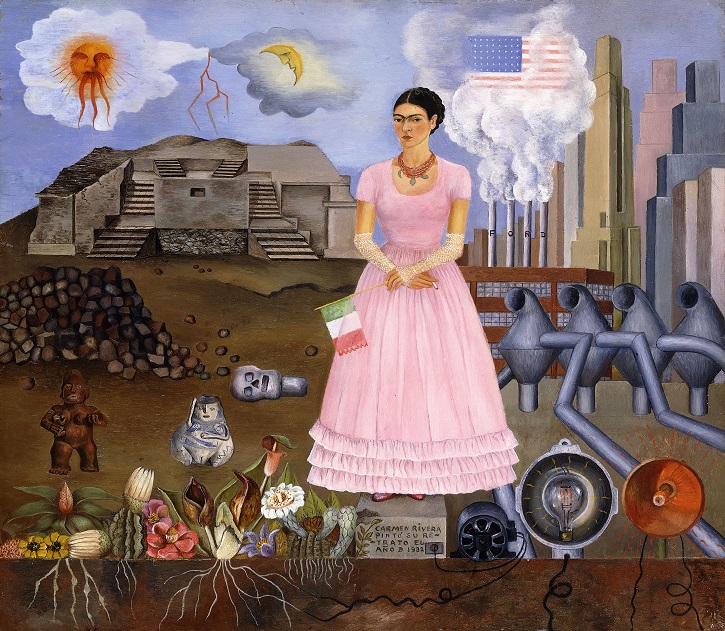
The depiction of cacti in Frida's work is not only symbolic of Mexico but can also be read as a manifestation of the quintessential Mexican word '
The Love Embrace of the Universe, the Earth (Mexico), Me, Diego, and Señor Xolotl
Frida Kahlo, 1949 
The Frida we see in Self-portrait on the Border between Mexico and the United States of America at first glance appears very demure, draped in a pale pink dress and adorned with long white lace gloves she seems like the epitome of a virtuous woman. Only on closer inspection can we see that her nipples are visible, her face stonewalls us with an IDGAF attitude while she casually holds a Mexican flag in one hand and a lit cigarette in the other. Painted during the time Diego was

